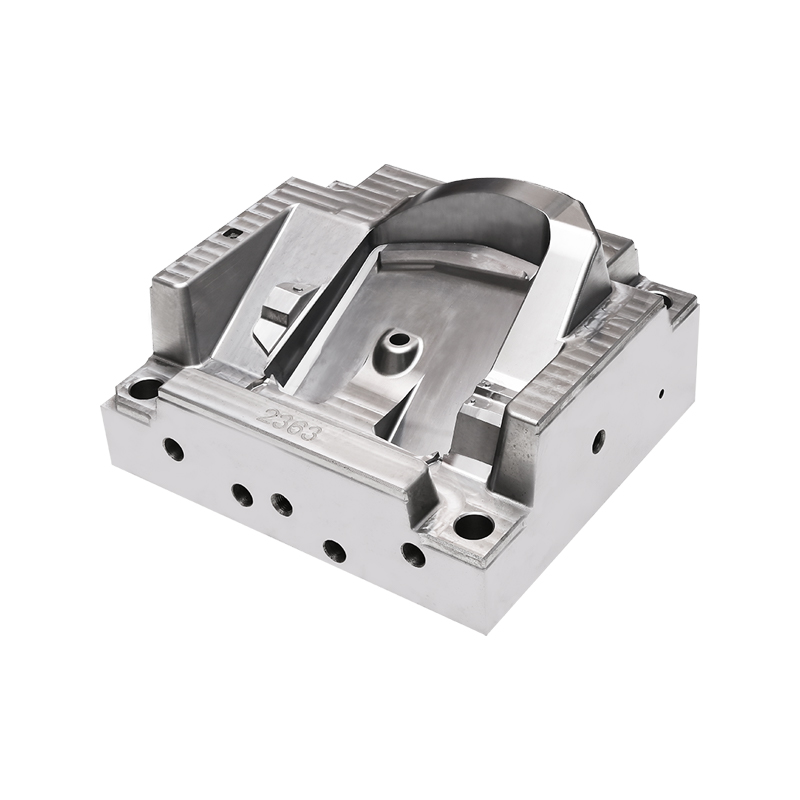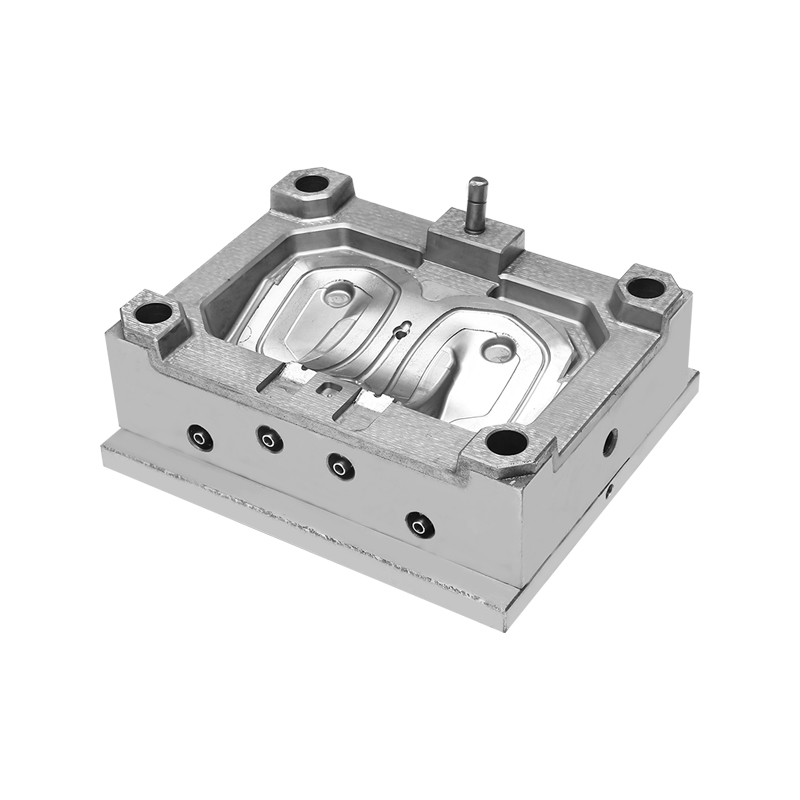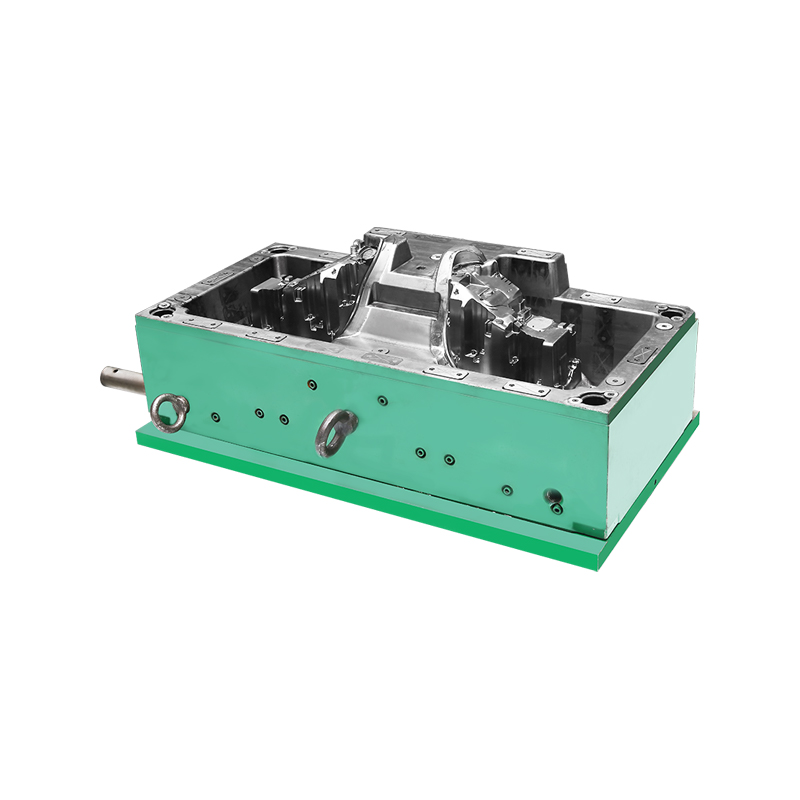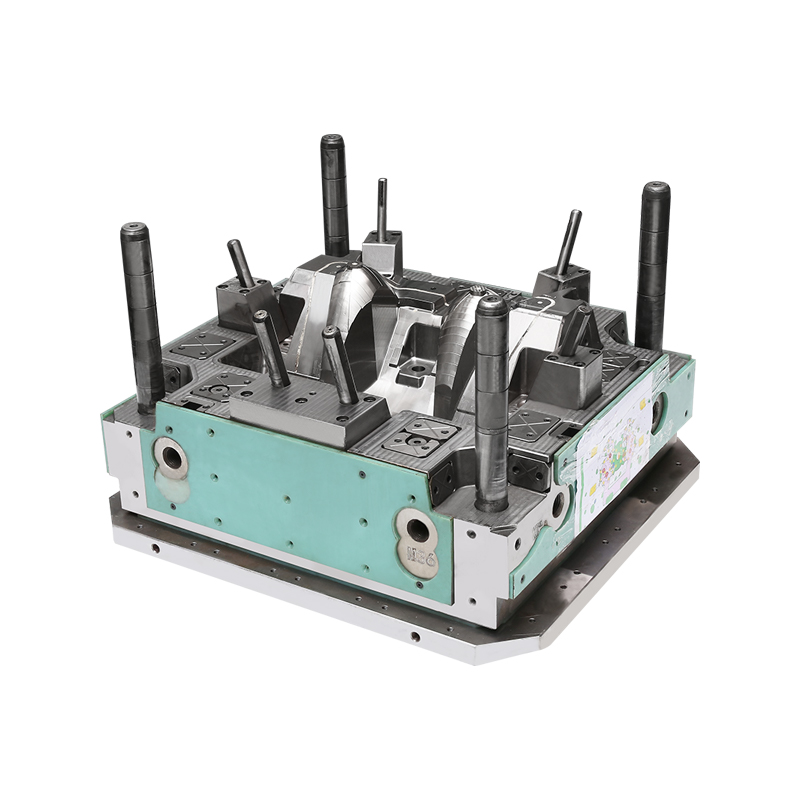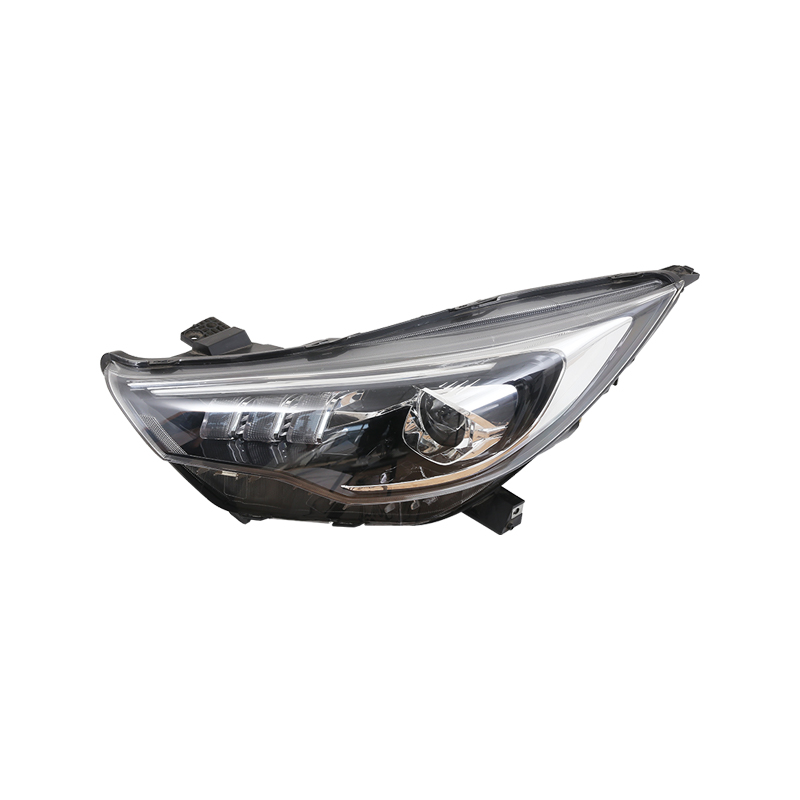In the automotive manufacturing landscape, the Car Part Mold plays an indispensable role in ensuring the precision, repeatability, and efficiency required to produce modern vehicle components. Whether for interior panels, bumper shells, engine covers, or functional brackets, nearly every plastic or metal component begins with a mold. However, the cost of a Car Part Mold varies significantly, driven by a set of core factors that manufacturers and procurement teams must evaluate with care.
Mold Structure Complexity
The immediate and often dominant cost factor is the structural complexity of the Car Part Mold. A simple, single-cavity mold for a small trim component is vastly different from a multi-cavity mold designed to produce large, highly contoured interior parts. More intricate molds often require advanced design work, multiple sliders, lifters, and tight tolerances, all of which extend the design and machining time. Additionally, complex part geometries may demand mold inserts or segmented cores, further increasing the number of machining hours and assembly steps.
Manufacturers investing in Car Part Molds for components with integrated fastening points, over-molded areas, or parting lines in challenging positions must account for higher tooling expenses. In these cases, simulation software and advanced CAD/CAM technologies are used during the design phase to ensure manufacturability, but they also increase upfront engineering costs.
Mold Life and Production Volume
Another crucial cost driver is the intended mold life, often referred to as the number of cycles or shots the mold can handle before needing refurbishment or replacement. A Car Part Mold designed for low-volume production—such as prototypes or specialty vehicles—may use softer steel and simpler construction, keeping costs relatively low. In contrast, molds for high-volume production, common in mainstream passenger vehicle platforms, must be durable enough to withstand hundreds of thousands or even millions of cycles.
These high-longevity Car Part Molds require premium-grade steel, precise heat treatment, and thorough hardening processes. These enhancements significantly extend the mold’s operational lifespan, reduce downtime, and improve part consistency, but they also elevate the initial investment.
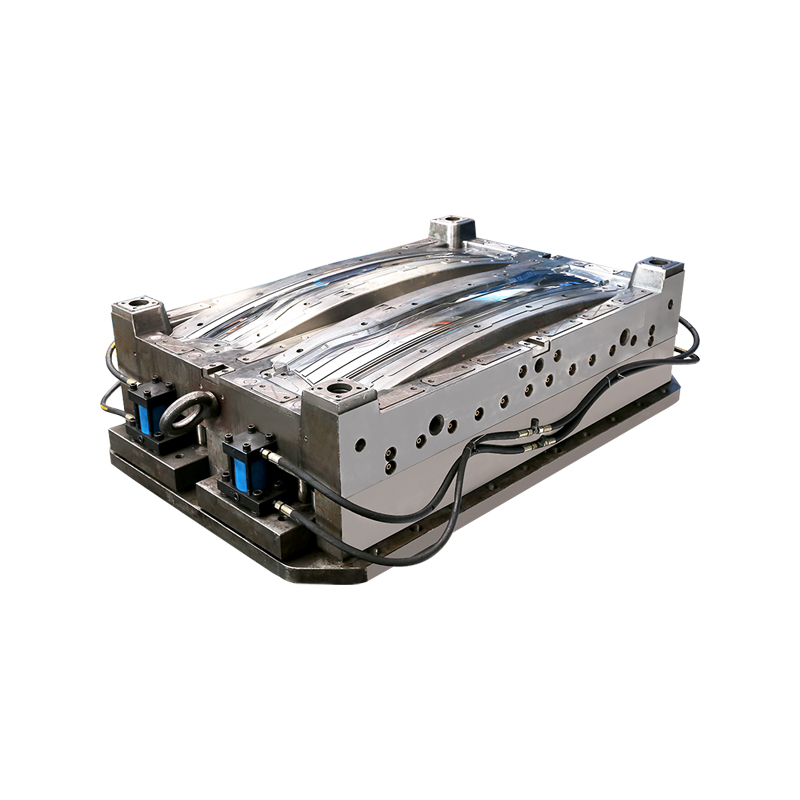
Choosing between a mold with a shorter lifespan versus one engineered for longevity depends largely on the product life cycle of the vehicle component and the manufacturer’s production strategy.
Material Costs and Selection
The third key factor influencing the Car Part Mold cost is the selection of materials used in mold construction. Tool steels such as P20, H13, or S136 offer different balances of hardness, corrosion resistance, machinability, and cost. For plastic components exposed to high heat or chemical environments—like under-hood parts—corrosion-resistant steels may be necessary.
Beyond the mold base materials, other elements like hot runner systems, cooling channels, and ejection mechanisms contribute to material costs. A Car Part Mold with an integrated hot runner system may improve cycle time and reduce material waste, but it adds complexity and expense upfront.
Additionally, with increasing pressure on OEMs and suppliers to support lightweighting efforts, molds must also accommodate advanced materials like reinforced plastics or aluminum alloys. These materials can require special coatings or inserts in the mold to manage wear and thermal expansion, further impacting cost.
Balancing Cost and Quality
Ultimately, the total cost of a Car Part Mold is a reflection of multiple decisions made during the design and engineering phases. Cutting costs by compromising on materials or mold structure may offer short-term savings but can to higher maintenance costs and reduced production efficiency over time.
To strike the right balance, many automotive suppliers are adopting digital mold lifecycle management tools, enabling better forecasting of wear, maintenance intervals, and ROI. Strategic investments in high-quality Car Part Molds often pay dividends in reduced scrap rates, consistent quality, and longer tool life.
As the automotive industry continues to evolve with electrification, smart mobility, and modular platforms, the role of the Car Part Mold becomes even more critical. A well-designed, durable, and efficient mold remains not just a production tool, but a key enabler of quality, innovation, and cost control.

 English
English 中文简体
中文简体 русский
русский Español
Español
